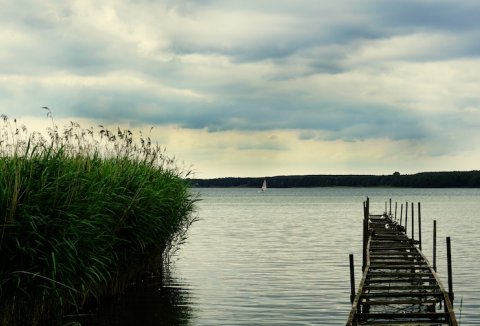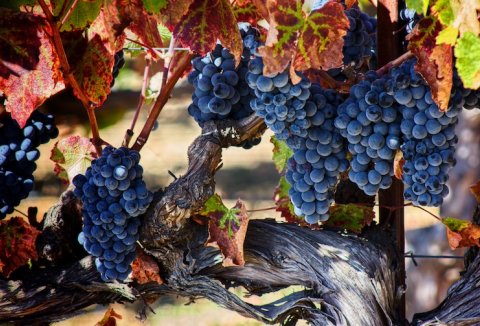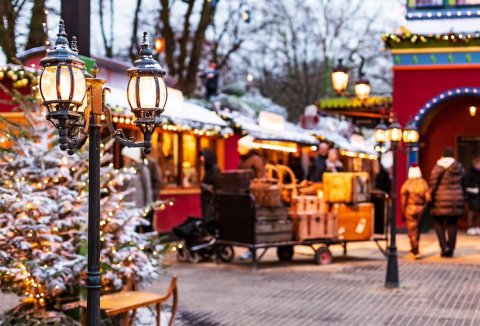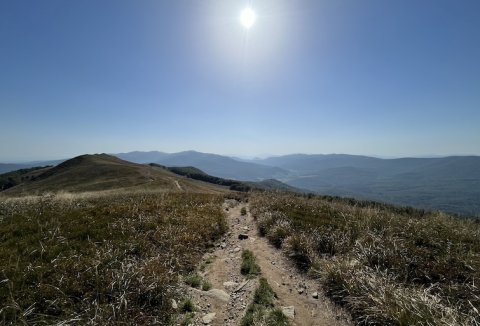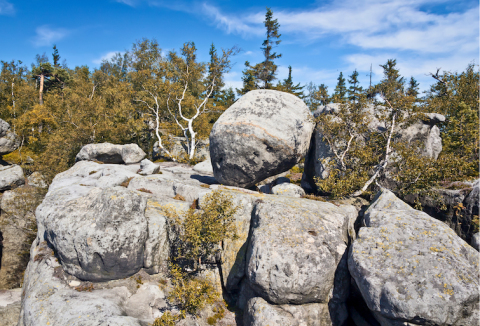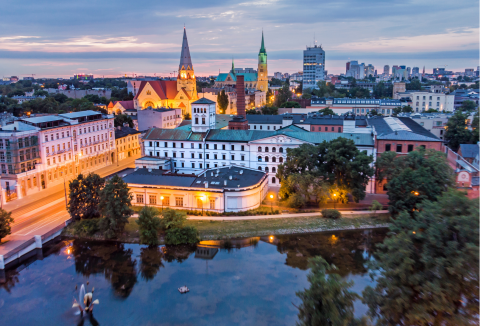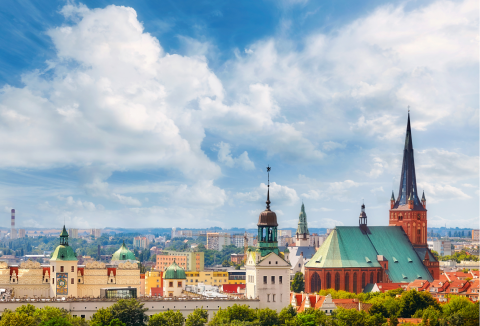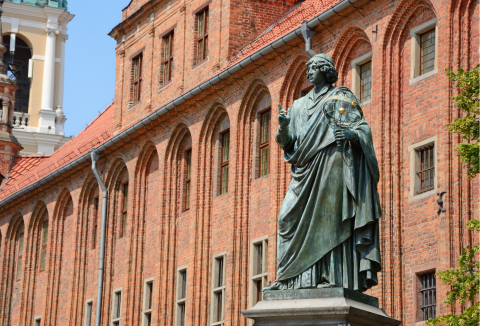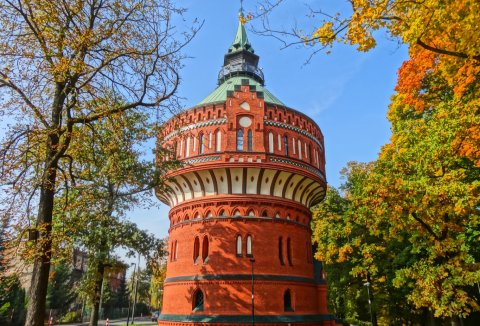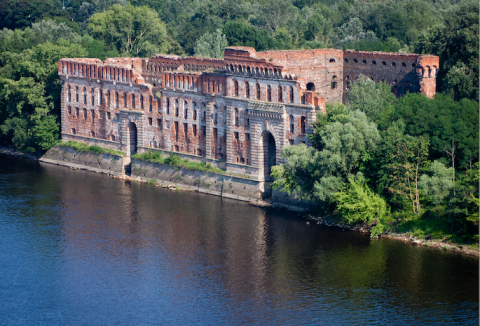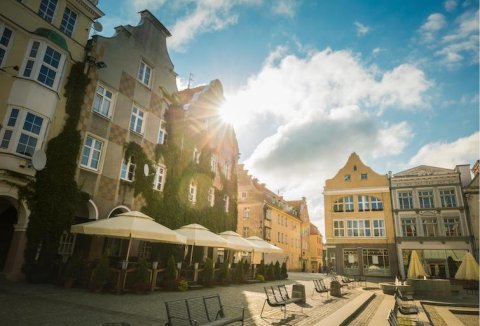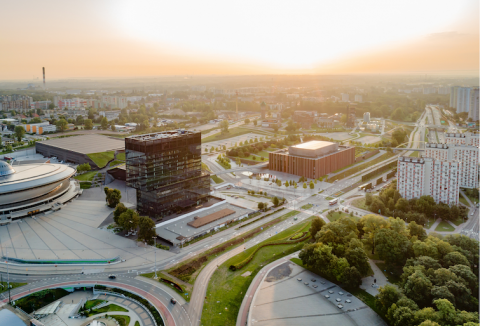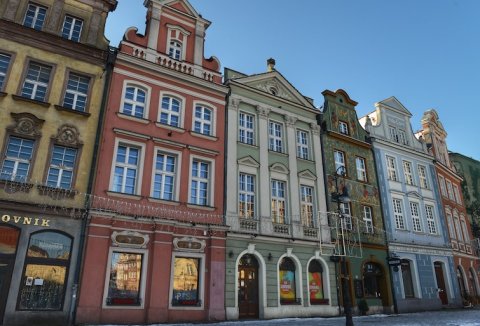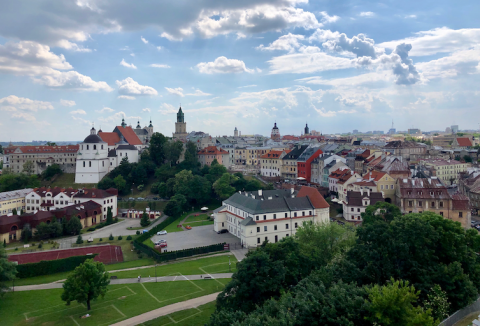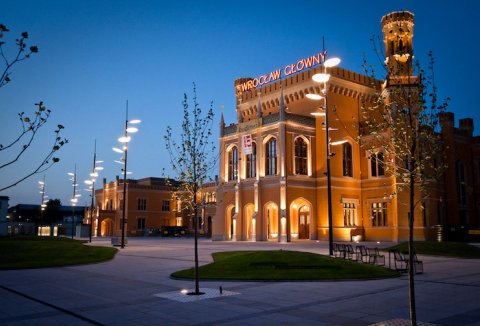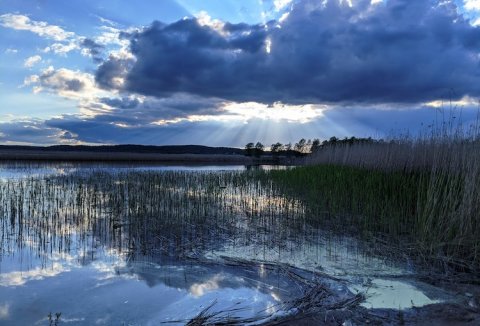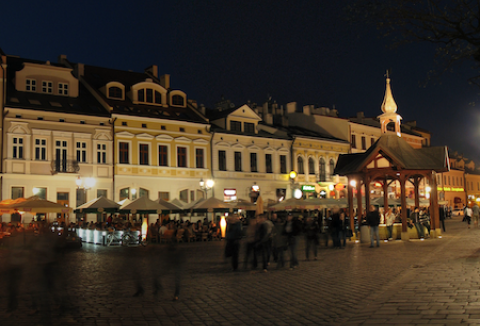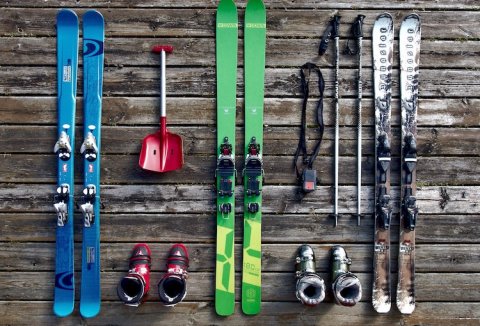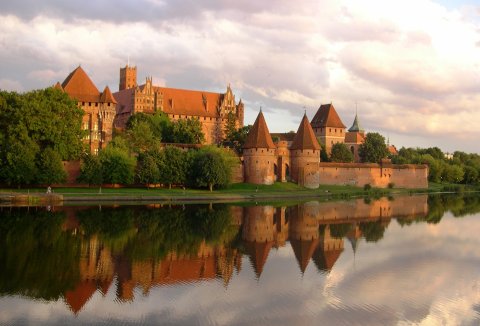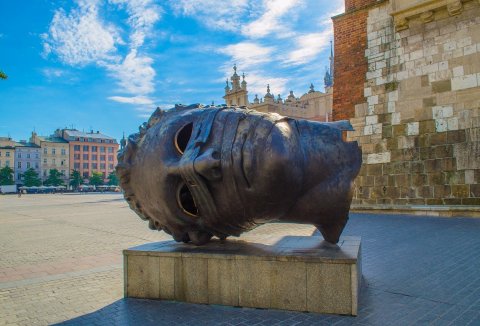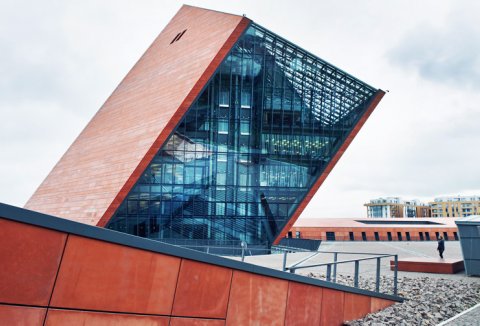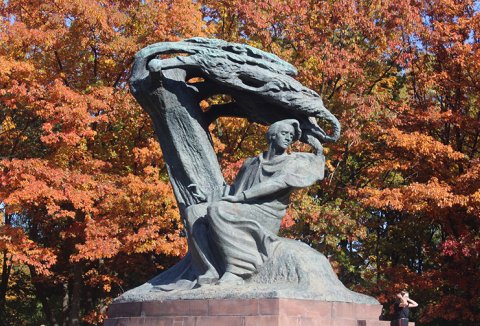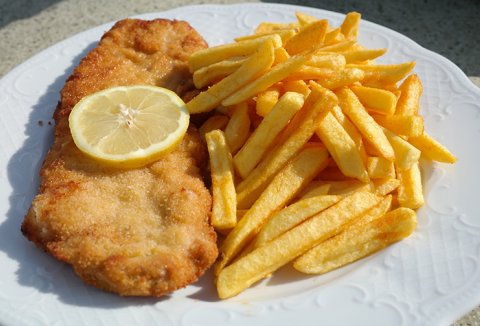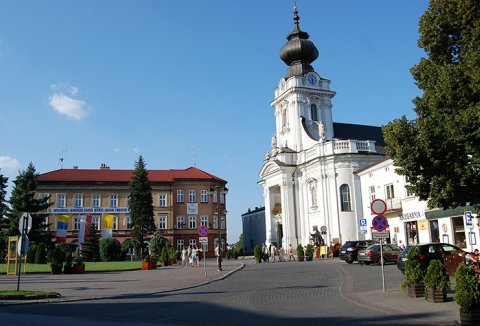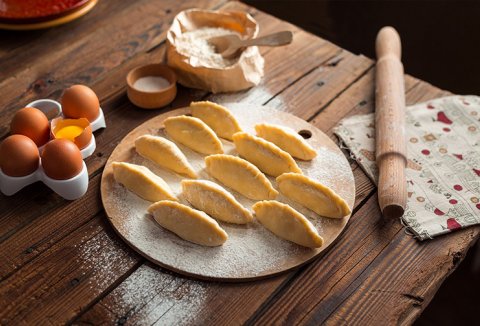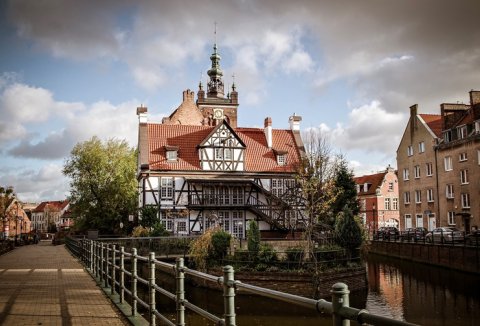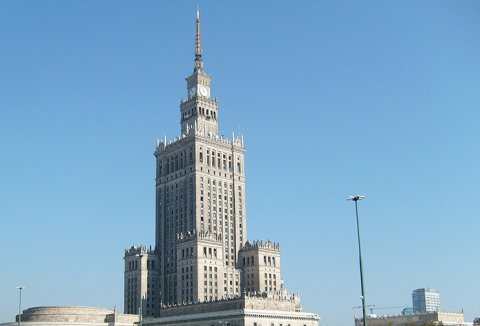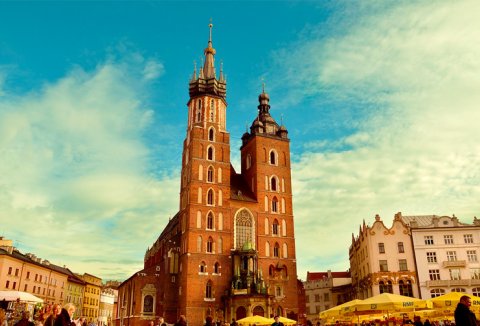Wild and mysterious Podkarpacie
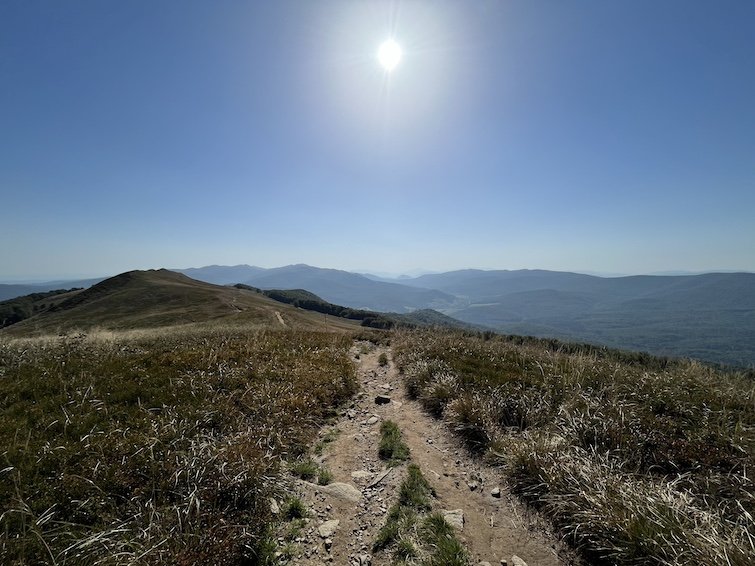
"Let's just leave everything and go to the Bieszczady" - is a sentence that every adult Pole has uttered at least once in his or her life. The remote, wild Bieszczady Mountains are associated with freedom from civilisation, obligations, deadlines, targets and other elements of fast-paced modern life. For many, they are synonymous with Podkarpacie. Meanwhile - although the Bieszczady Mountains occupy a large part of the region - Podkarpacie is much more. Read on if you want to find out more about this slice of Poland.
Bieszczady
We will start our journey through Podkarpacie... with the Bieszczady, of course. These are mountains that are famous for their picturesque landscapes and their wildness. Vast clearings, mountain peaks, lush forests and crystal clear lakes create a unique landscape that steals the hearts of tourists at first sight.
The most beautiful part is located in the Bieszczady National Park - Połonina Caryńska, Połonina Wetlińska, Halicz or Tarnica are just some of the peaks worth conquering. The whole park is an excellent place for hiking enthusiasts. All the more so as it offers something that is becoming increasingly rare in other Polish mountains: peace and quiet and a small number of tourists even in the season.
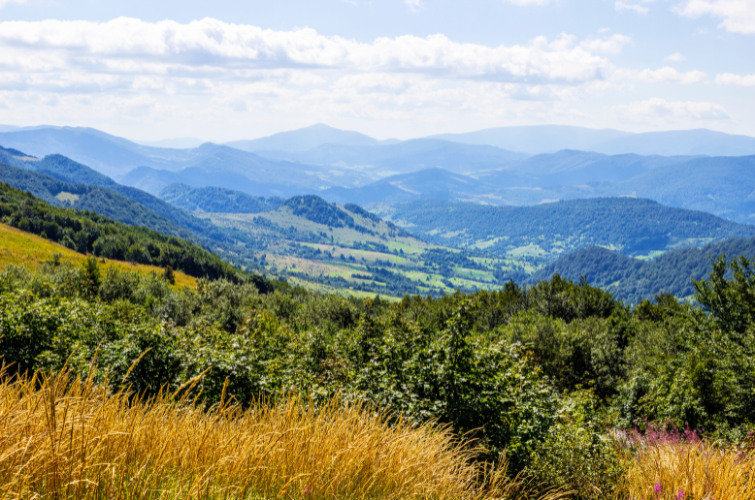
Source: Canva
Rzeszów - the capital of the region
The capital of the Podkarpackie Voivodeship, Rzeszów is a city full of life and interesting places. The Old Town with its market square, Baroque town hall, interesting street-art and also numerous cafés and restaurants create a friendly atmosphere. It is also worth visiting the District Museum, where numerous exhibits related to the history of the region have been collected.
For more on Rzeszów, read our article on the city.
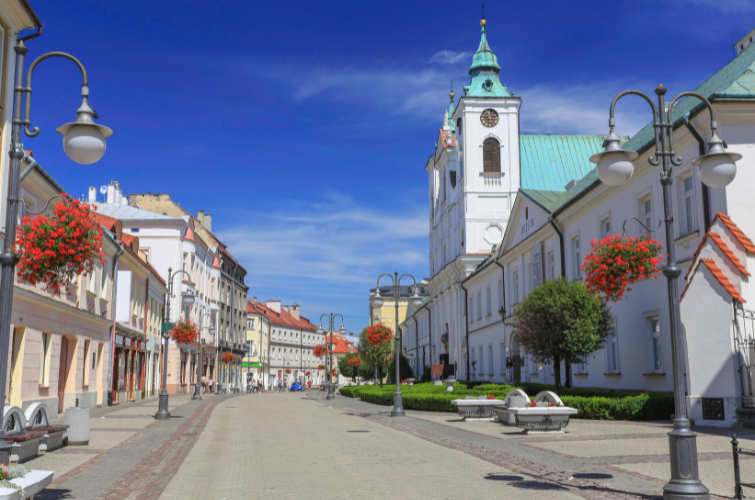
Source: Canva
Łańcut and its castle
The castle in Łańcut is one of the most beautiful monuments in the Podkarpacie region. Dating back to the 17th century, it represents the Baroque style and was built by Stanisław Lubomirski, Grand Hetman of the Crown. Initially, it was a defensive stronghold, but over time it was transformed into an ancestral residence and a cultural centre.
Today, Łańcut Castle serves as a museum, which is one of the most important places of its kind in Poland. Here you can admire a rich collection of art, furniture, portraits and other objects related to the history of Poland, especially the history of the Lubomirski family. Within the castle grounds, there is also the Baroque chapel of St. Ursula, decorated with rich polychrome and sculptures. After visiting the castle, it is worth taking a walk in the beautiful castle gardens surrounding the building.
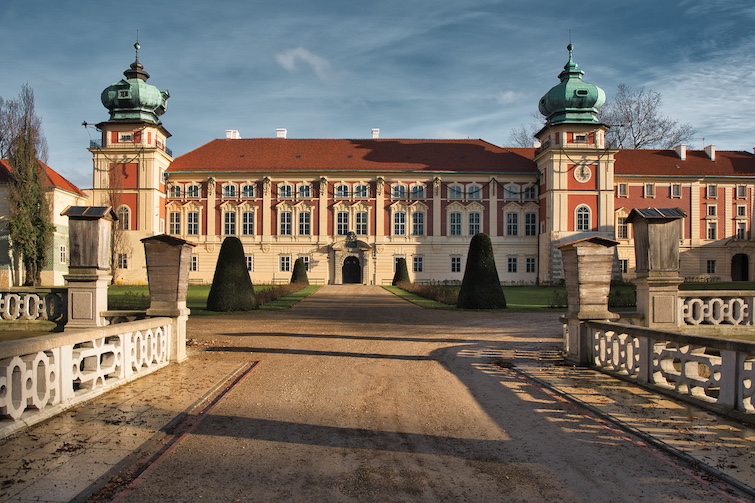
Source: Freepik
Krosno - city of glass
Krosno is one of the most important Polish centres for the production of artistic and applied glass. It is a place where glass art is not only a craft but also an expression of artistry and creativity. The heritage of craftsmanship is combined here with a modern approach to design, creating a unique and internationally respected brand.
The art of glassmaking in Krosno has its roots in the 16th century. Over the centuries, local craftsmen have developed unique techniques and designs to create glass works of art. Krosno glassblowers specialise in hand-forming glass and have passed their craft secrets down from generation to generation. For those who want to get to know their work inside out, we recommend a visit to the local Museum of Glass.
It is worth mentioning that contemporary glass masters often cooperate with renowned designers, and their products are exported to many countries, where they adorn private collections and appear at prestigious art exhibitions.
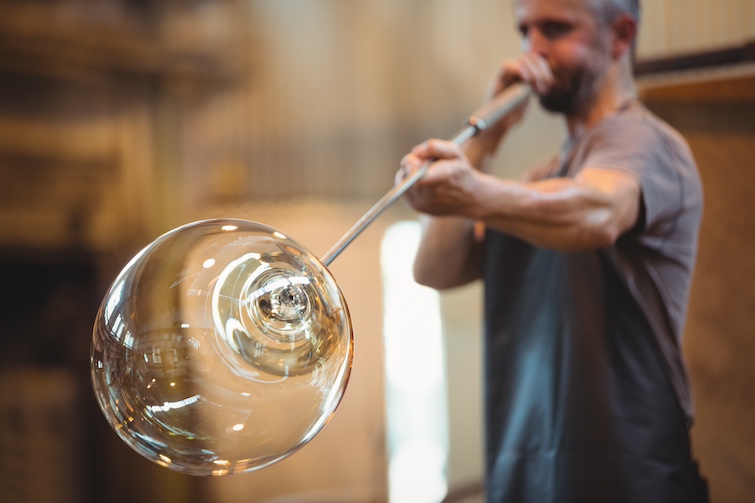
Source: Freepik
Sanok and Beksiński
Fans of contemporary art associate Sanok above all with the person of Zdzislaw Beksinski, who was born and grew up in the city and today has his museum here. Beksiński was one of the most prominent figures of Polish contemporary art, known for his unique style, combining elements of surrealism, grotesque and fantasy.
But Sanok is not only Beksinski. It is a city with a long history, dating back to the Middle Ages, which in the past was an important trade and craft centre. It is worth visiting the local Old Town with its numerous monuments, such as St. Michael's Cathedral, spend time in the museums - the Historical, Folk Architecture, Icon or Zdzislaw Beksinski Museum, and get lost in the chambers of the local Renaissance Royal Castle.
Bóbrka - the first oil mine in the world
Few people know that Bóbrka in the Subcarpathian region was the first place in the world where oil was extracted on an industrial scale. We owe this to Ignacy Łukasiewicz - pharmacist, inventor of the paraffin lamp and founder of the first mine for liquid black gold. Together with Karol Klobasa-Zenecki and Tytus Trzecieski, he began mining in Bóbrka in 1854.
In Bóbrka, oil was extracted by hand; shafts were also dug by hand. Several of these still exist today, and the precious liquid obtained is taken to the refinery in Jedlicze.
Today it is hard to believe, but there was a time when Bóbrka was fourth in the world in terms of the number of barrels extracted. Unfortunately, the deposits were not rich enough to be exploited for many years. Today, a trace of its former glory remains in the form of the Museum of Oil and Gas Industry.
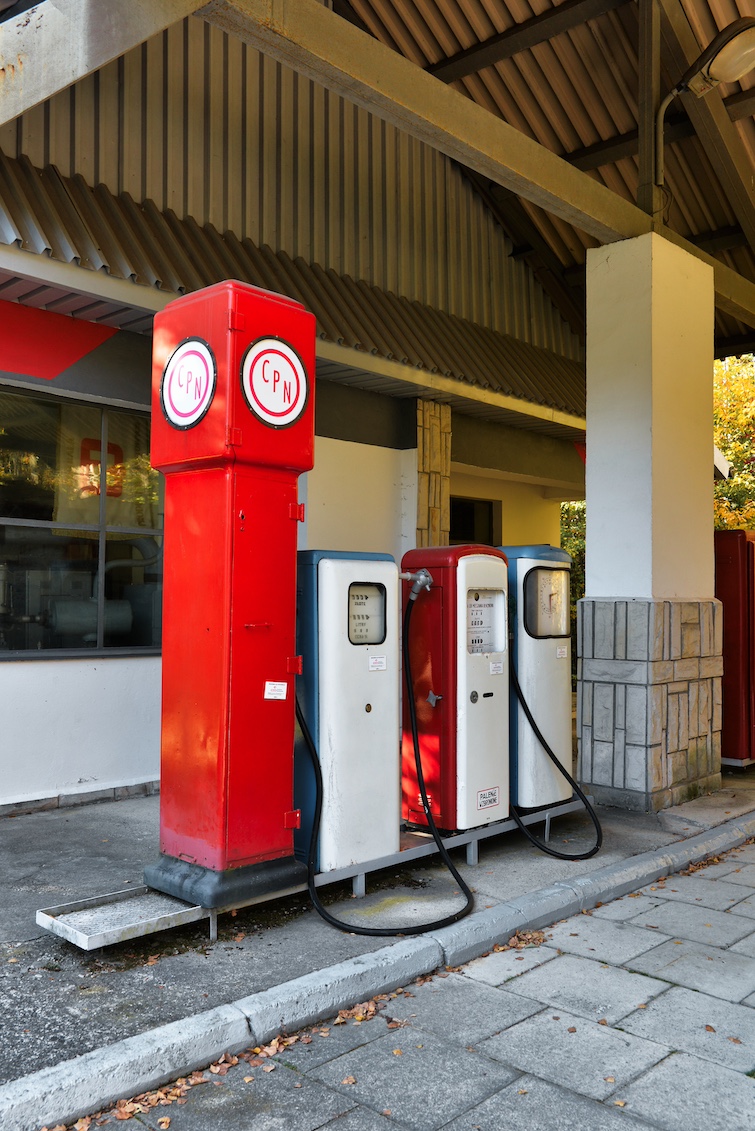
Source: Freepik
In the footsteps of the Lemko culture
Travelling through the Podkarpacie region, we often come across remnants of the Lemko culture - people who inhabited this land even after the Second World War. Who were they and why are they no longer in the region?
The Lemkos were an ethnic group of Podkarpathian highlanders, engaged in pastoralism and cultivation and crafts. They arrived in the area around the 14th century, and what distinguished them from the locals was their Greek Catholic or Orthodox religion. They had their own - separate from Polish - language and their own culture, which were closer to Ukrainian and Ruthenian traditions than to Polish ones.
And it was the distinctiveness of the Lemkos that led to their displacement from their lands after 1945 as a "nationally insecure" element, mainly to western Poland. What remains of them are beautiful wooden sacred buildings that are part of the Wooden Architecture Route, abandoned villages and a place in human memory.
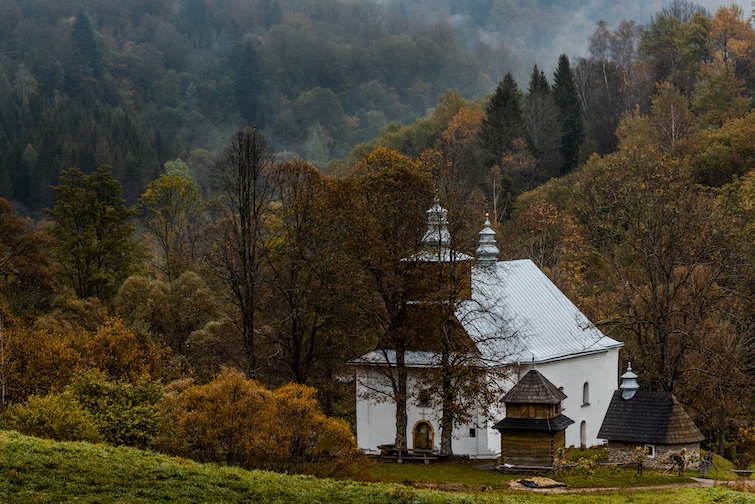
Source: Freepik
Gastronomy
Tropers of regional flavours who come to the Podkarpacie region will not be disappointed. As many as 250 local products have been included on the list of traditional products. These include honeys, cheeses, cured meats and baked goods, as well as white and red wines and local beers, all worth trying.
As for typical dishes, we recommend fuczki (traditional fried pancakes made from pancake batter and sauerkraut), hreczanyki (cutlets made from buckwheat groats, meat and spices), and for dessert, sweet bubliki with icing sugar and jam.










